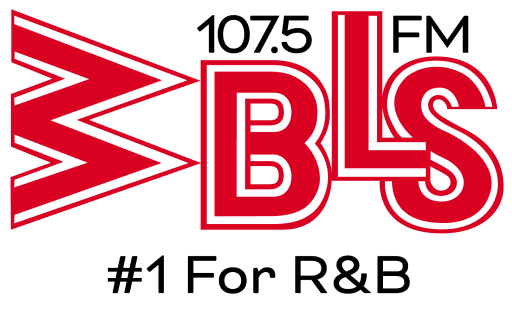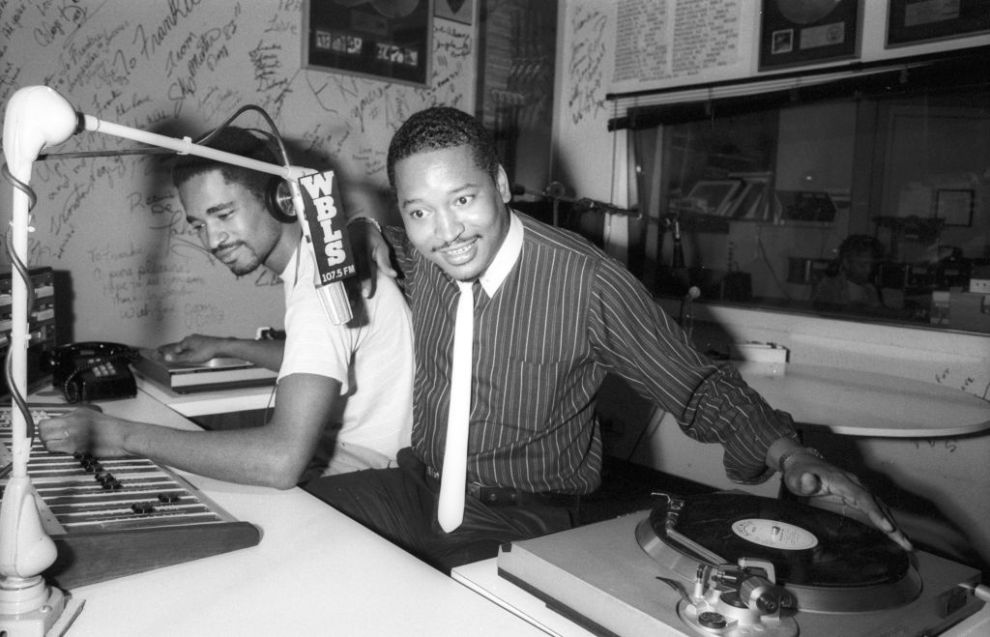The history of New York City, Black music and WBLS are so intertwined that it’s hard to discern where one timeline begins and the other ends.
As The Jackson Five’s “Dance Machine” took over dancefloors and middle school lunchrooms alike (thanks in no small part to popularity of the Robot dance), Kool & The Gang’s “Summer Madness” found a home in a freshly minted FM station that almost never was.
Visionary politician and entrepreneur, Chairman Percy Sutton, spearheaded Inner City Broadcasting group’s purchase of an AM radio station, WLIB, which later became WBLS, “The Total Black Experience in Sound.”
While WBLS was not in their initial plans, the legendary Hal Jackson convinced the group to “look into the future” and invest in the FM station that would become a staple of the Black community.
“There would be no BLS if he had not brought this to my grandfather,” says Keisha Sutton-James, granddaughter of the late Percy Sutton. “They would babysit me in the station back when it was at 801 Second Avenue.” The ‘they’ in question were names etched in WBLS history like Ken “Spider” Web, Vy Higginsen, Fred Buggs, Dr. Bob Lee and of course, Frankie Crocker.
More than just a radio station, WBLS brought the music directly to the people, enriching their events and marking milestones in a city that was forging its identity in the post Civil Rights era.
“I’ll never forget attending the New York City Marathon and cheering on runners in Harlem,” says Sutton-James. Her grandfather was instrumental in taking the annual race out of Central Park and making it a boroughwide affair. “I remember McFadden & Whitehead’s ‘Ain’t No Stoppin Us Now’ blasting from the WBLS van motivating the runners.”
As the WBLS airwaves penetrated and ping-ponged across the stone and glass towers of Gotham (thanks to innovations like the aforementioned van)you could feel Hip Hop’s sonogram taking form.
Though Frankie Crocker wasn’t an early supporter of the burgeoning art form known as Rap, his musical influence is still undeniable.
“Once ‘75 comes and the club scene starts to unfold, like Leviticus, Justine’s and The Silver Shadow, that Black dance scene interacts with Frankie Crocker,” says Bill Stephney, longtime media professional and committee member for the Smithsonian Anthology of Hip Hop and Rap. “They fed off one another. MFSB’s “Love IS the Message” is the quintessential WBLS dance record.”
“All that Philly international stuff. It became one of those grooves you heard at parties where you had to dress up but the emerging DJS would extend the groove. A good part of why Hip Hop begins in New York is because of WBLS and Frankie Crocker. The reason that Herc, Bambaata, and Flash played different records and music was shaped in large measure by Frankie Crocker.”
Hip Hop would have its full reveal on WBLS via Mr. Magic’s “Rap Attack” show on Friday and Saturday nights. After producing his “Disco Showcase” on WHBI, Magic was recruited by Frankie Crocker to compete with rival station 98.7 Kiss FM. With a stable of DJs that included Marley Marl, Chuck Chillout, Pete Rock and more, Hip Hop’s march to mainstream radio dominance began with these baby steps.
In addition to keeping their audience entertained, WBLS has excelled in keeping their listeners informed. Icons like Ann Tripp echoed the voice of the community during times of strife like the Central Park Jogger trial, where five young men were unjustly incarcerated. She pressed then mayoral candidate Micheal Bloomberg if he was going to compensate the exonerated five for the years of the lives they lost if elected. It is that kind of uncompromising journalism that has defined her tenure in radio and the mission of WBLS.
Over the decades there have been many changes at WBLS, from ownership to on-air talent, even the meaning of the call letters (“World’s Best Looking Sound” is one I recall, says Sutton-James). But one thing that remains steadfast is our dedication to bringing you the best in Black music.
So join us as we spend the upcoming year celebrating the major milestone of reaching 50 years in radio, serving New York City and beyond. We will be revisiting all of the events, like Circle of Sisters, the artists whose careers began on our airwaves and so much more.
WBLS. Still in a class by itself.

